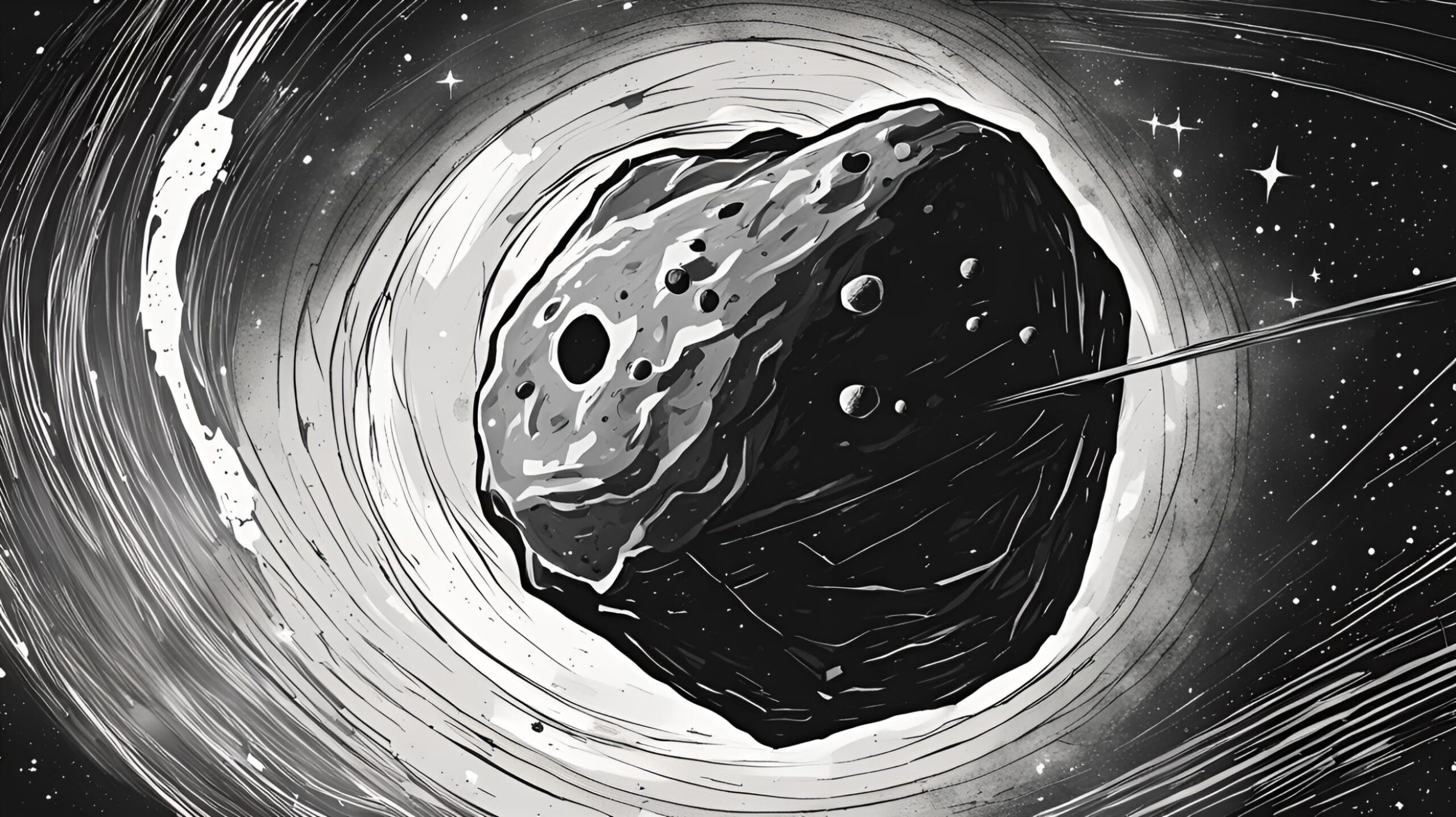Flashback to July 13
American History

On the 9th of September, 1841, a momentous and tragic event shook the maritime world – the sinking of the Great Lakes steamer, “Erie”, near Silver Creek, New York. This devastating occurrence led to the unfortunate loss of 300 lives, marking it as one of the most significant marine disasters in the history of the Great Lakes.
The Great Lakes steamer “Erie”, had been a symbol of advancements in maritime technology and travel. Engineered to traverse the turbulent waters of the Great Lakes, she was considered one of the essences of trade, exploration, and transportation between the various settlements around these freshwater bodies. However, this majestic ship became infamous as it met its tragic end off the coast of Silver Creek, New York.
The tragedy unfolded in the evening hours as “Erie” was concluding her scheduled route from Buffalo, New York to Chicago, Illinois. Nearing Silver Creek, passengers and crew were preparing for their evening meals, blissfully unaware of the disaster that loomed. Catastrophe struck when the ship’s boiler exploded, leading to an immediate, uncontrollable fire on board. Even though the crew tried to extinguish it, the wooden construct of the steamer allowed the fire to spread rapidly. The passengers, caught off guard by the sudden turn of events, had no time to board the lifeboats and had to resort to jumping overboard. Among the 300 casualties were several prominent individuals who had contributed significantly to the economic and social well-being of the communities around the Great Lakes.
In the aftermath of this horrific incident, numerous questions arose. What caused the explosion? How could the fire spread so quickly and uncontrollably? Could this disaster have been prevented? These questions prompted a series of investigations, making the sinking of the Erie a significant event not only for its scale of loss but also for the changes it enacted in maritime law and shipbuilding standards.
While the actual cause of the explosion remains somewhat elusive, many believe the poorly maintained boilers, coupled with a possible gas leak, led to the catastrophic event. The rapid spread of the fire was hardly surprising, given the extensive use of varnished wood in the ship’s construction. This disaster ushered in strict regulations concerning the construction, maintenance, and inspection of steamers plying on the Great Lakes.
The sinking of the Great Lakes steamer “Erie” near Silver Creek, New York, is a dismal chapter in maritime history. However, it also served as a wake-up call for the shipping industry. This event led to major advances in maritime safety regulations, including the type of materials used in shipbuilding, the incorporation of adequate safety measures, routine maintenance checks, and crew training.
This disastrous event still echoes through time and serves as a reminder of the power that lies within Mother Nature and of the vulnerability we often have in the face of rapid technological advancements. The sinking of the “Erie” is a vital history lesson that can be applied to modern maritime practices, ensuring that such a tragedy does not repeat itself. Today, we remember the 300 souls lost on that ill-fated September day near Silver Creek, their memories forever embedded in the cresting waves of the Great Lakes.
the sinking of the Great Lakes steamer “Erie” near Silver Creek, New York, was a catastrophic event that changed the course of maritime history. This lesson from 1841 continues to shape modern-day practices, ensuring safer travels across the waters for all. Despite the tragedy, the memory of the “Erie” lives on, a poignant reminder of the balance needed between technological progression and safety measures in our relentless pursuit of advancement.
We strive for accuracy. If you see something that doesn't look right, click here to contact us!
Sponsored Content

C Torres discovers asteroid…
On July 13, 1972,…

Oscar J Dunn, former…
On July 13, 1868,…

Henry Rowe Schoolcraft discovers…
On July 13, 1832,…

US Democratic National convention…
The US Democratic National…

New York City experiences…
On July 13, 1977,…

Anti-draft mobs lynch blacks…
The "Anti-draft mobs" in…

